Rising Demand for Precision Medicine
The Gene Editing Tool Market is experiencing a notable surge in demand for precision medicine, which aims to tailor treatments to individual patients based on their genetic makeup. This trend is driven by advancements in genomics and biotechnology, enabling more accurate diagnoses and targeted therapies. As healthcare systems increasingly adopt personalized approaches, the market for gene editing tools is projected to expand significantly. According to recent estimates, the precision medicine market is expected to reach USD 217 billion by 2028, which could further stimulate the Gene Editing Tool Market as researchers and clinicians seek innovative solutions to enhance treatment efficacy.
Advancements in Regulatory Frameworks
The Gene Editing Tool Market is influenced by evolving regulatory frameworks that aim to balance innovation with safety and ethical considerations. Regulatory bodies are increasingly establishing guidelines for the use of gene editing technologies, which can facilitate market entry for new products. For instance, recent updates in regulations have streamlined the approval process for genetically modified organisms, potentially expediting the commercialization of gene editing tools. As these frameworks become more defined, they may foster a more conducive environment for growth within the Gene Editing Tool Market, encouraging investment and research.
Expanding Applications in Agriculture
The Gene Editing Tool Market is witnessing a growing interest in agricultural applications, particularly in developing genetically modified crops that are more resilient to environmental stressors. Techniques such as CRISPR-Cas9 are being utilized to enhance crop yield, nutritional value, and resistance to pests and diseases. The global market for agricultural biotechnology is anticipated to reach USD 49 billion by 2026, indicating a robust demand for gene editing tools in this sector. This expansion not only addresses food security challenges but also aligns with sustainable agricultural practices, thereby driving growth in the Gene Editing Tool Market.
Growing Public Awareness and Acceptance
The Gene Editing Tool Market is experiencing a shift in public perception, with increasing awareness and acceptance of gene editing technologies. Educational initiatives and media coverage are contributing to a better understanding of the benefits and risks associated with gene editing. As public sentiment becomes more favorable, there is a potential for greater adoption of these technologies in various sectors, including healthcare and agriculture. Surveys indicate that approximately 60% of the population supports the use of gene editing for medical purposes, which could lead to expanded market opportunities within the Gene Editing Tool Market.
Increased Funding for Research and Development
The Gene Editing Tool Market is benefiting from a substantial increase in funding directed towards research and development initiatives. Governments and private investors are recognizing the potential of gene editing technologies to revolutionize various fields, including medicine, agriculture, and environmental science. In 2023, funding for gene editing research reached approximately USD 5 billion, reflecting a growing commitment to innovation. This influx of capital is likely to accelerate the development of new tools and applications, thereby propelling the Gene Editing Tool Market forward as researchers explore novel methodologies and solutions.


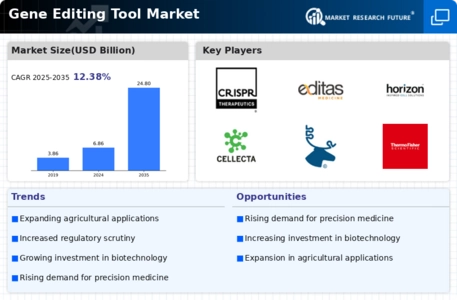
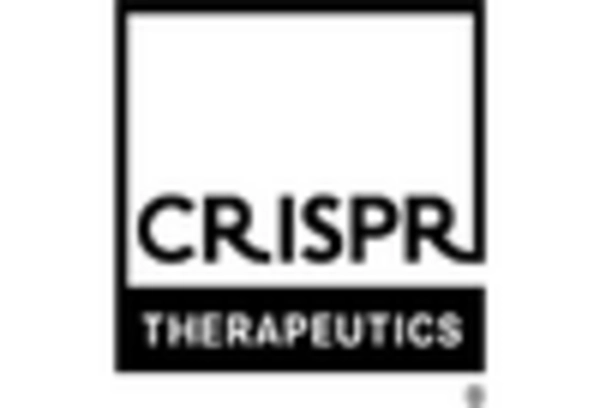

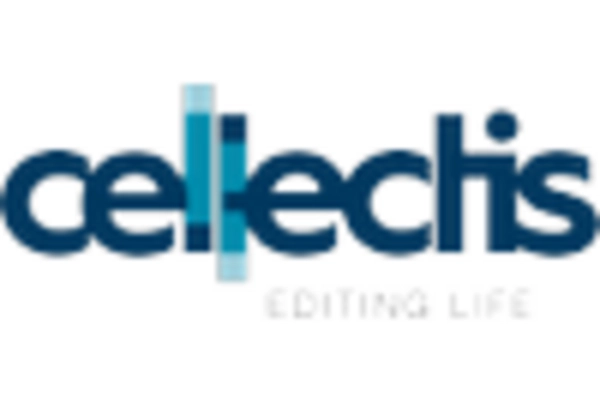
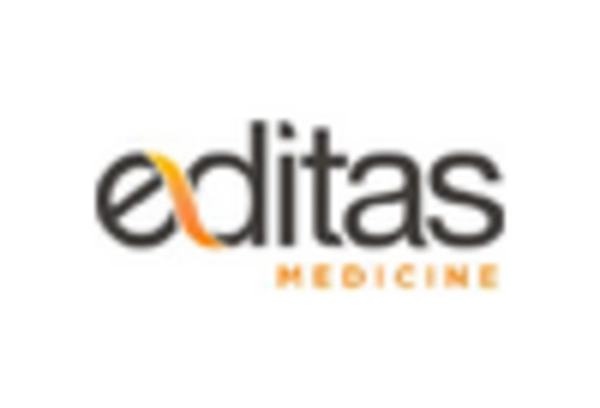
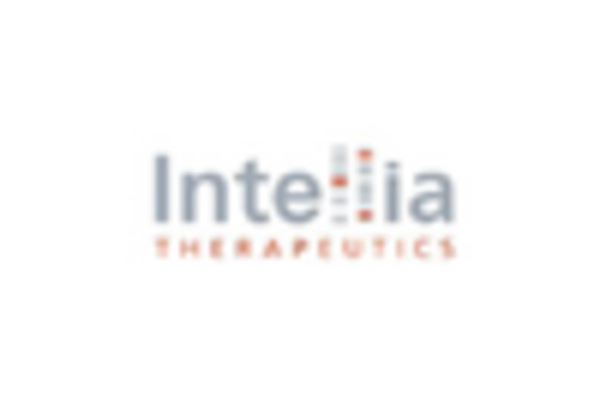









Leave a Comment